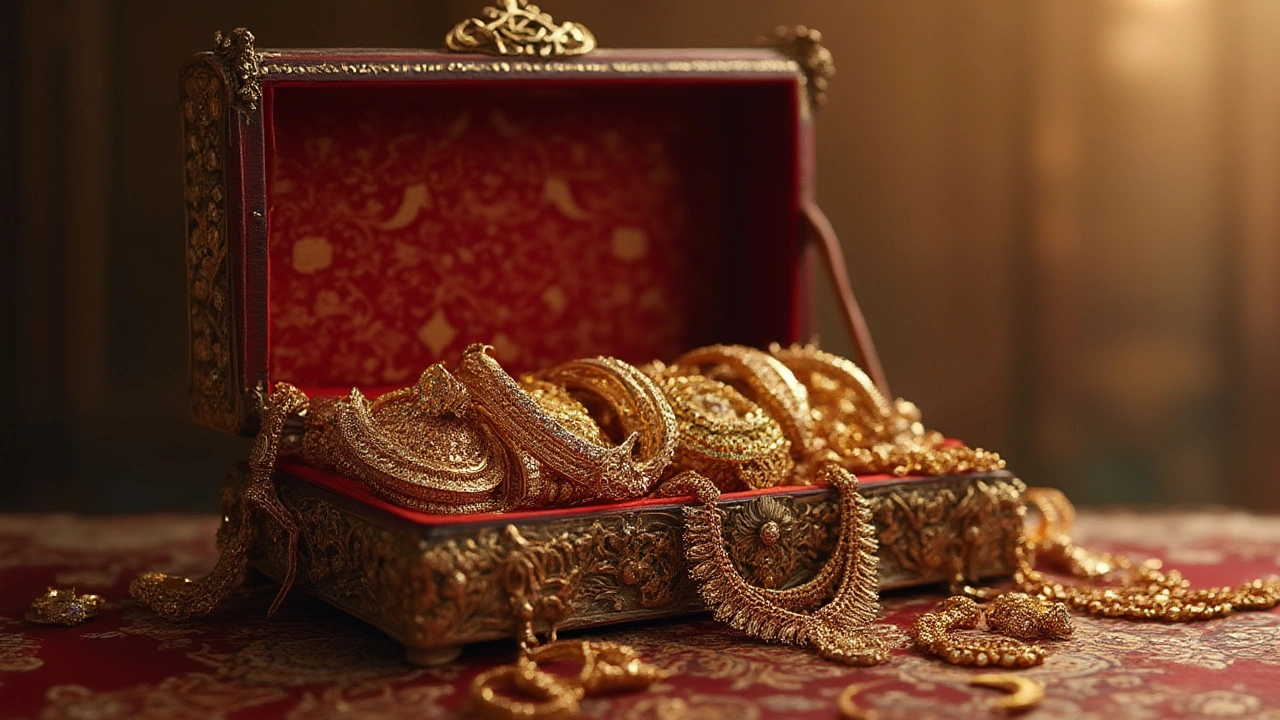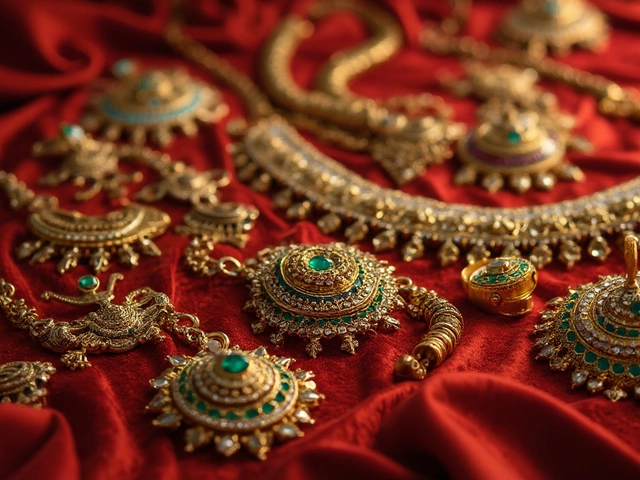Valuable Jewelry: Spot the Real Treasures
Ever wonder why some pieces feel pricey while others just look shiny? It’s not just about looks – the mark, metal, and maker decide the true value. Below you’ll get clear steps to tell a genuine gold or silver piece from a cheap copy, and how to pick items that hold or even grow their worth.
Reading Hallmarks and Purity Stamps
India’s gold is usually marked with a BIS hallmark. The most common numbers you’ll see are 916 (22‑karat) and 875 (21‑karat). If you spot "875" on a necklace, that means it’s 21‑karat gold – a solid, high‑purity piece. Silver often carries 833 (which equals 83.3% pure silver) or 925 for sterling. These stamps are your first clue that the metal is authentic.
Don’t just rely on the stamp, though. Run a simple magnet test – gold and silver won’t stick. If a piece is magnetic, it’s likely plated or mixed with cheaper metals. You can also do a weight test; solid gold feels heavier than gold‑filled or plated items of the same size.
Choosing Pieces That Keep Their Value
When you’re looking for jewelry that will stay valuable, focus on three things: metal purity, brand reputation, and timeless design. High‑purity gold (916 or 875) and pure silver (833) are always in demand. Brands that have a strong resale record, like well‑known Indian jewelers or luxury houses, also fetch better prices.
Classic designs – plain gold chains, simple bangles, or a traditional mangalsutra – rarely go out of style. Trendy pieces can be fun, but if you’re aiming for investment, stick to styles that have shown steady demand for years. Even a well‑crafted black bead mangalsutra can be a solid buy if the metal is pure and the craftsmanship is solid.
Another tip: keep the original packaging and certificates. A BIS hallmark certificate or a brand’s authenticity card can boost resale value dramatically. When it’s time to sell, buyers will pay more for items that come with proof of purity and origin.
Remember, the best way to protect your purchase is to buy from reputable sellers like RH Jewellers India, who offer verified hallmarks and clear return policies. If you’re unsure about a piece, bring it to a trusted jeweler for a quick appraisal – it’s usually free and worth the peace of mind.
So, next time you’re eyeing that sparkling necklace, check the hallmark, run a magnet test, and think about the long‑term appeal. With these simple steps, you’ll feel confident picking jewelry that not only looks great but also holds real worth.
Jewelry That Increases In Value: Gold, Diamonds, Vintage & More
Curious if your jewelry box hides a future treasure? This guide uncovers which jewelry types actually go up in value—gold, diamonds, and more—plus expert tips.





